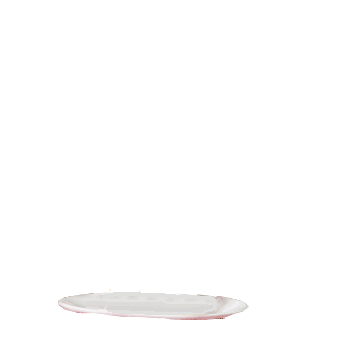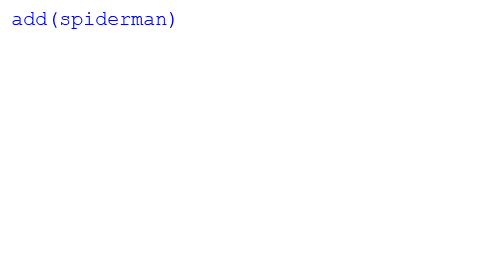Collections
Abstract Data Types
Generic structures
Implementation separate from structure
Stacks

Push takes an element as a parameter:
push(E)
Pop returns an element
E pop()
LIFO – Last In First Out
Exercises
-
A letter means push and an asterisk means pop in the sequence
E A S * Y * Q U E * * * S T * * * I O * N * * *.`Give the sequence of values returned by the pop operations.
-
Give a way to insert asterisks in the sequence E A S Y so that the sequence of values returned by the pop operations is
a. E A S Y b. Y S A E c. A S Y E d. A Y E S
or, in each instance, prove that no such sequence exists.
-
Given two sequences, give an algorithm for determining whether or not asterisks can be added to make the first produce the second.
Interface
interface intStack {
intStack(int) //param optional: size of stack
boolean isEmpty()
void push(int)
int pop()
int peek() //sometimes
}
Implementation
- Arrays?
- Nodes? (next week
 )
) - Java Stack Reference
Functions: Extensions
Queues

Put takes an element as a parameter
put(E)
get returns an element
get(E)
FIFO – First In First Out
Exercises
-
A letter means put and an asterisk means get in the sequence
``` S I L* *L Y * R ** A B * * * B I T * * * . ```Give the sequence of values returned by the get operations when this sequence of operations is performed on an initially empty FIFO queue.
How would that problem work on a queue that did not allow duplicate letters?
Interface
interface intQueue
{
intQueue(int maxN)
boolean empty()
void put(int item)
int get()
}
Implementation
- an array:

class intQueue
{
private int[] q;
private int N, head, tail;
intQueue(int maxN) {
q = new int[maxN + 1];
N = maxN + 1;
head = N;
tail = 0; }
boolean empty() {
return (head % N == tail); }
void put(int item) {
q[tail++] = item;
tail = tail % N; }
int get() {
head = head % N;
return q[head++]; }
}
- Nodes? (next week
 )
) - Stacks?
- Power question: How many stacks do you need to implement a queue? What is the net efficiency of such an implementation?
- Java Queue Reference
Functions: Queue Flavors (pick one)
- priority queue
- deque
- circular queue
- sorted queue
Lists
A list is like a dynamically sized array
we usually define add(E), E get(index), set(index, E) and remove(index)

Interface
interface List {
E get(int index);
E set(int index, E element);
boolean add(E element);
void add(int index, E element);
E remove(int index);
}
Implementation
- Array
- Nodes (next week
 )
) - Java List Reference
Functions: Polymorphic
Set
a set is a group of items with no order
Interface
interface Set {
add(E)
remove(E)
boolean contains(E)
}
Implementation




- For now, assume only numbers 1 to 100
- Java Set Reference
Functions: Selection and Statistics
Collections Assignment
Complete a function for each datastructure: stack, queue, list, set.
assessment:
5 pts for each correct function (individual) 1 pt for each completed datastructure (group) 1 pt to be determined 70 pts for free
due 10/28 extended to 10/30, resubmissions due 11/13.